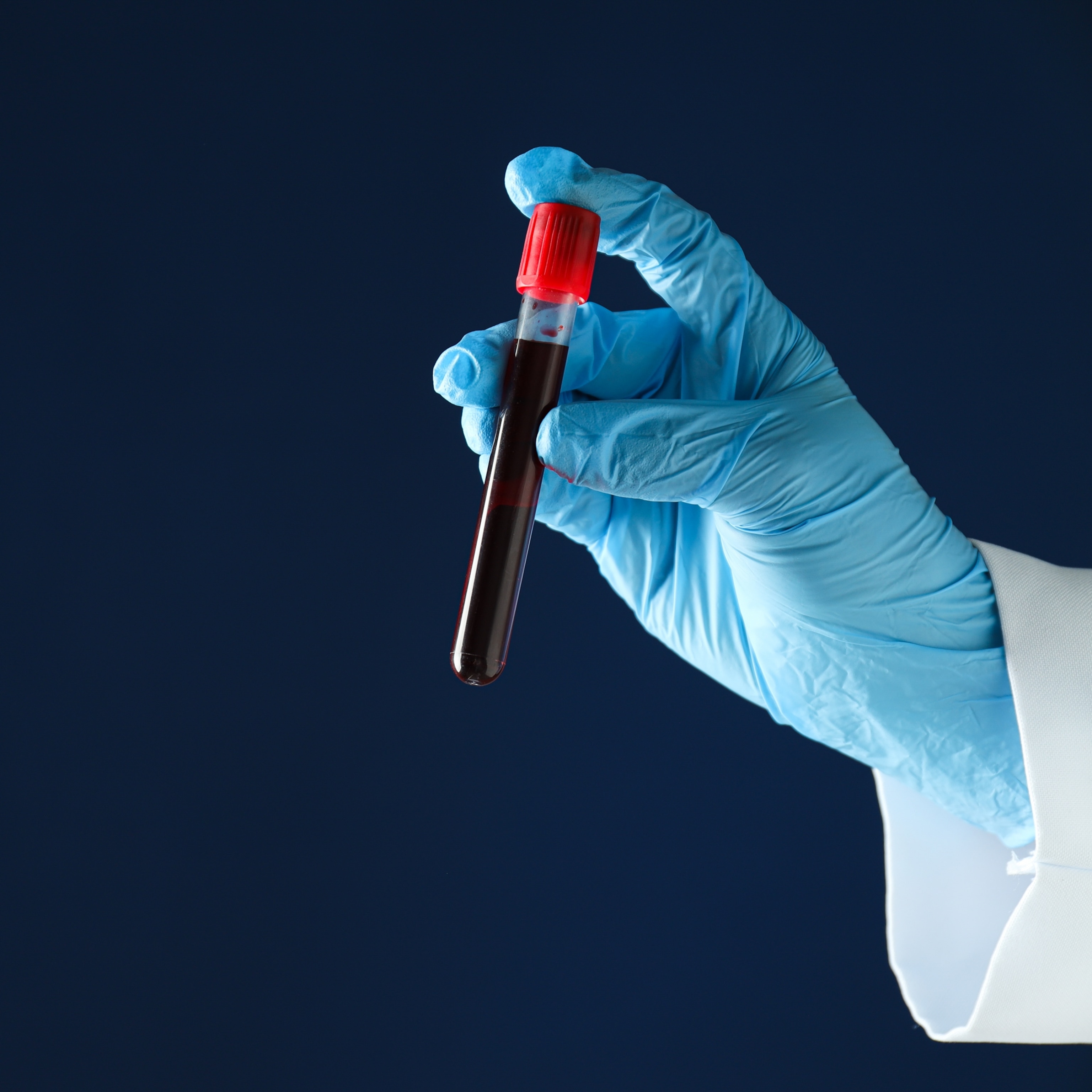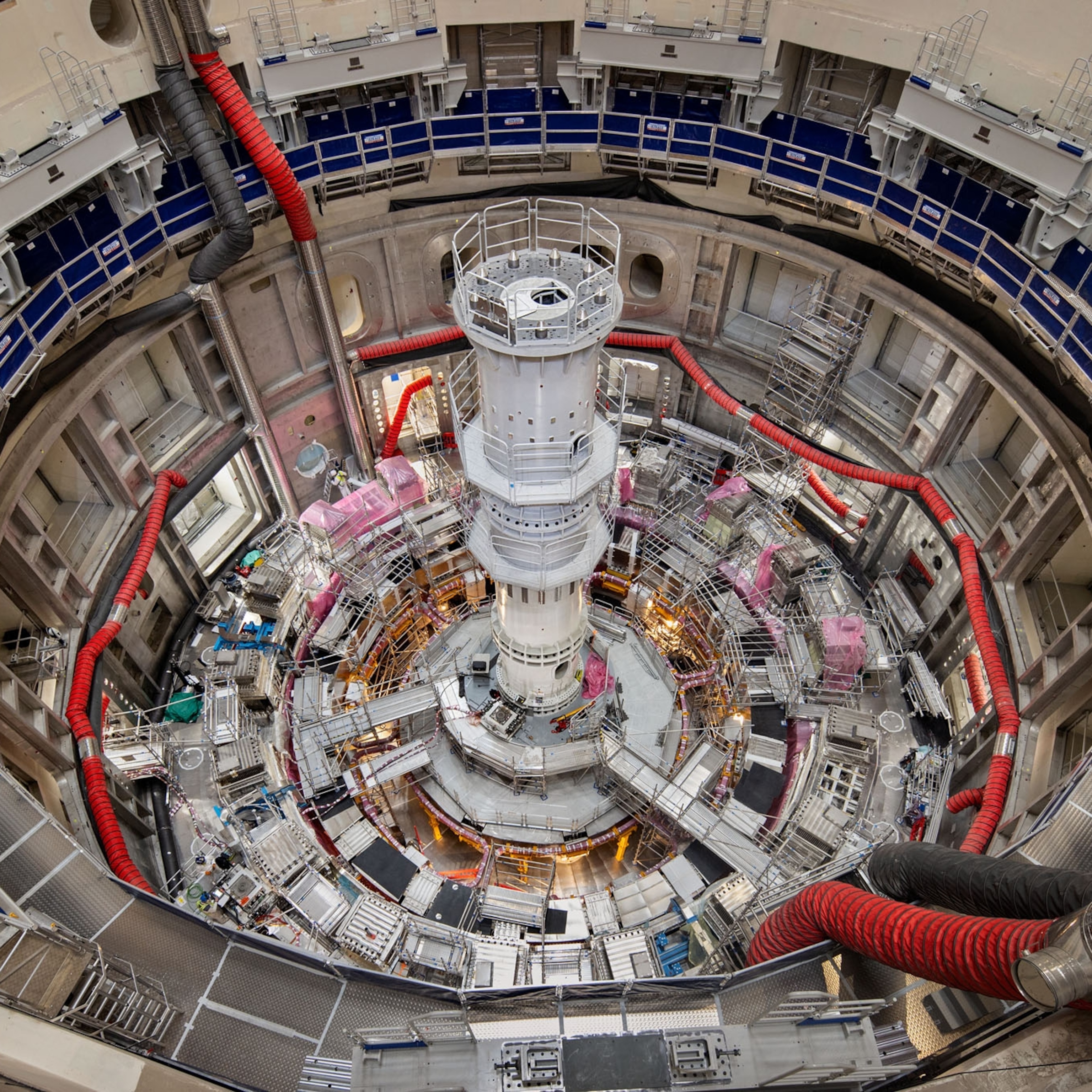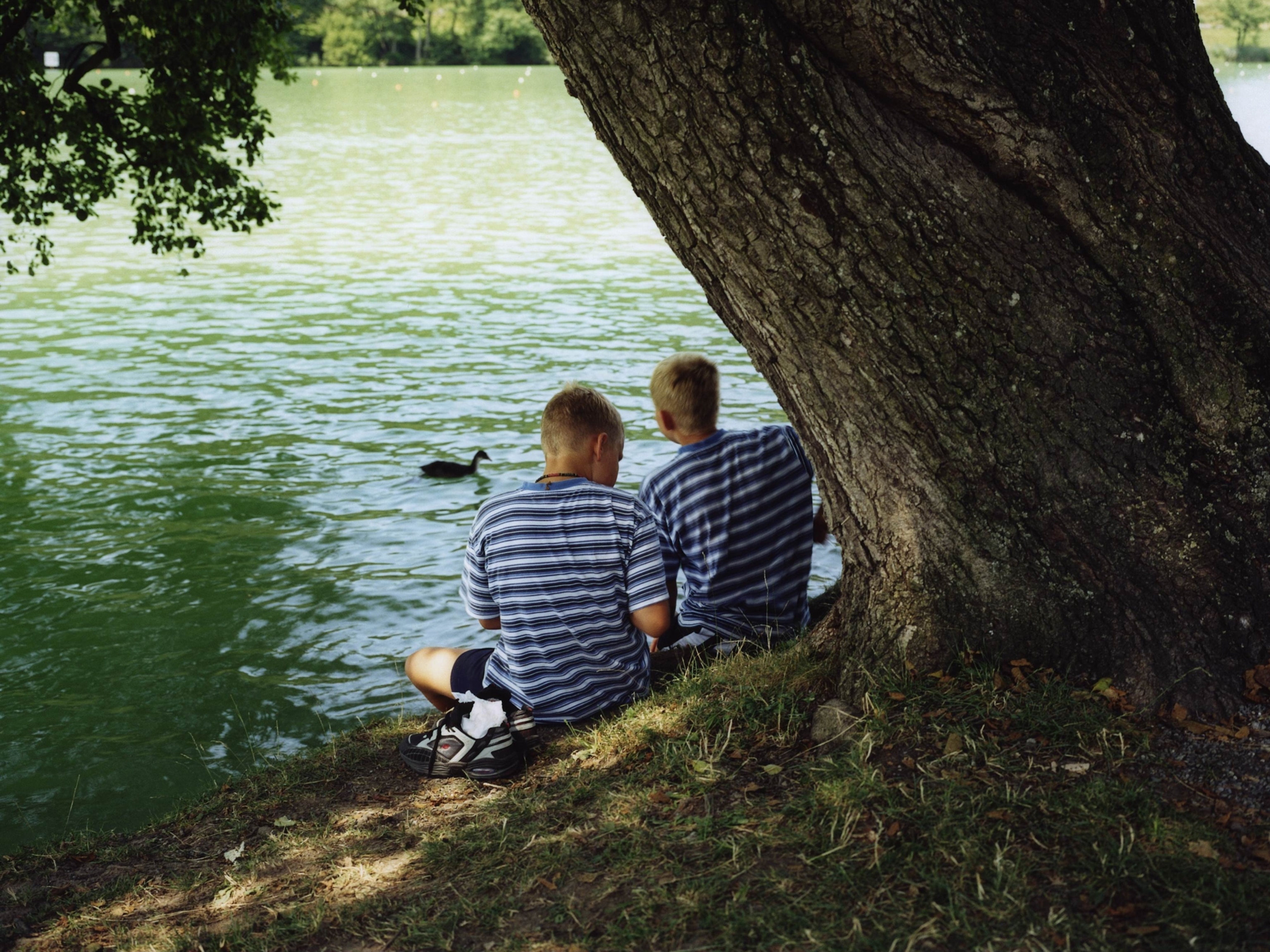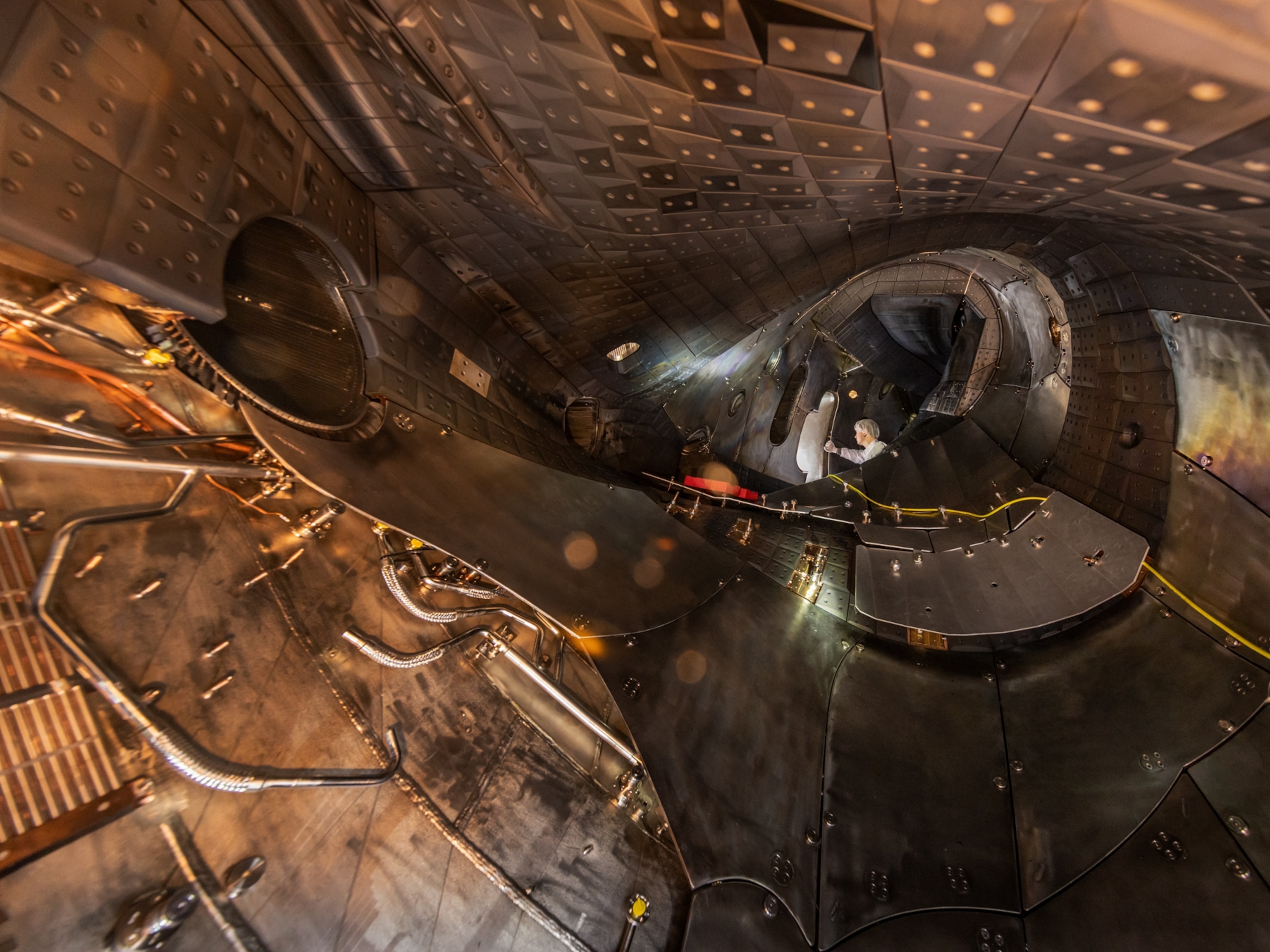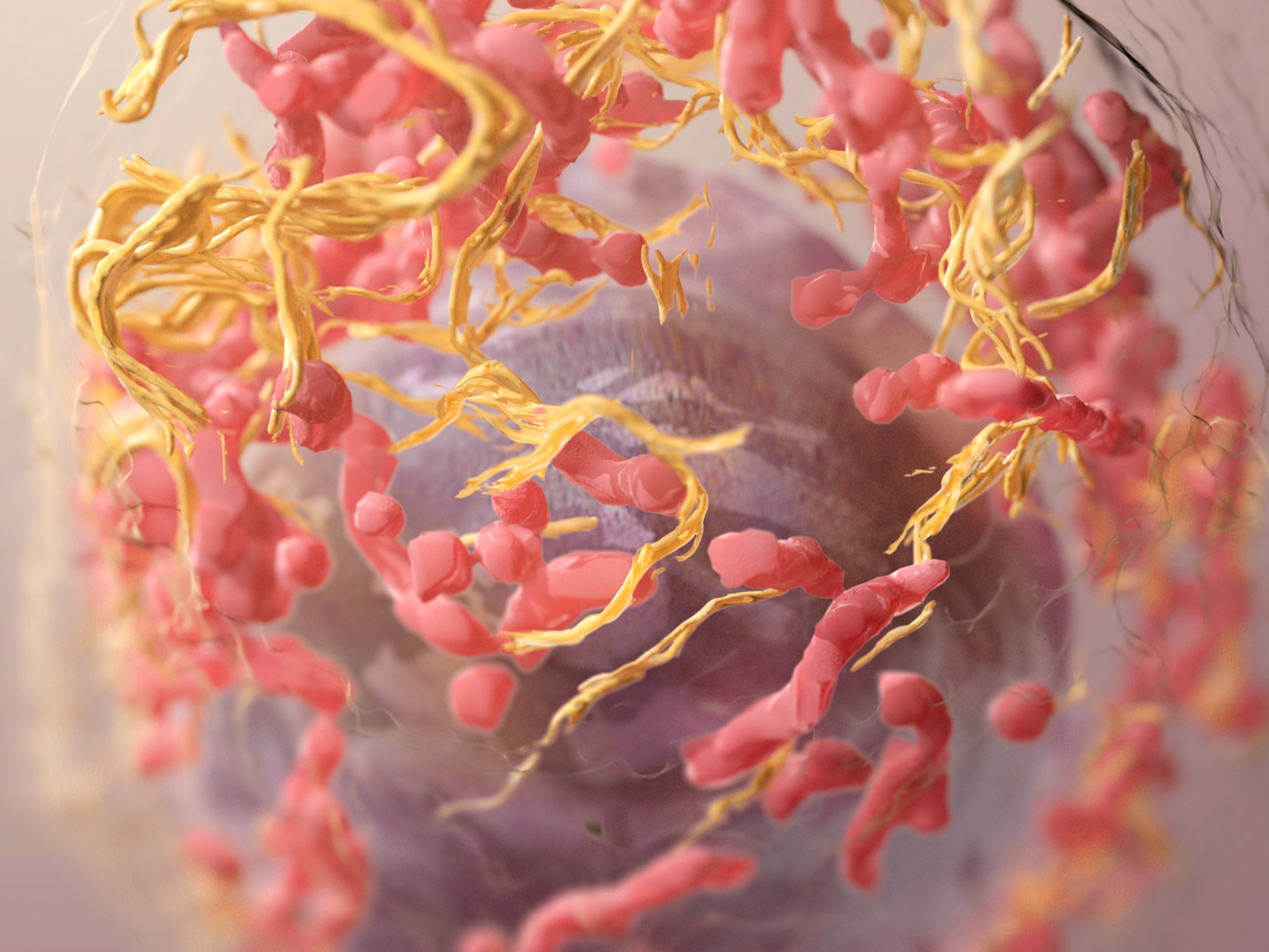
Children born to Chernobyl survivors don’t carry more genetic mutations
The largest and most advanced study of its kind not only updates past results, it also provides new details on how fallout from the disaster caused certain cancers.
On the morning of April 26, 1986, a reactor in a nuclear power plant in what’s now northern Ukraine exploded and burned—triggering what would become history’s deadliest nuclear accident. The hellish fire belched out immense clouds of radioactive fallout that entered people’s lungs, settled on homes, fields, and livestock pastures, and infiltrated their supplies. Milk, salami, and eggs had become, in the words of one nuclear engineer, “a radioactive byproduct.”
In the years since, researchers have monitored the health of populations that lived through the Chernobyl disaster, from people in nearby towns to the “liquidators” who cleaned up and built a huge concrete sarcophagus over the site. Nearly 35 years later, an international team has taken an extensive look at the disaster’s genetic effects—and the resulting pair of studies has found reassuring new details.
Allaying long-held fears over how the disaster could affect future generations, the largest study of its kind ever conducted—published on Thursday in Science—finds no evidence that parents who were exposed to Chernobyl’s radiation passed on any excess mutations to children conceived after exposure. Researchers hope the findings will benefit other populations affected by nuclear accidents, such as those displaced by the 2011 meltdown of Japan’s Fukushima Daiichi nuclear power plant.
“If there is a deleterious mutation, it’s going to be rare. We can’t say it’s never going to happen, but we don’t see this as a common public-health crisis,” says both studies’ senior author Stephen Chanock, the director of the U.S. National Cancer Institute’s Division of Cancer Epidemiology and Genetics. “We think [the findings] should be reassuring.”
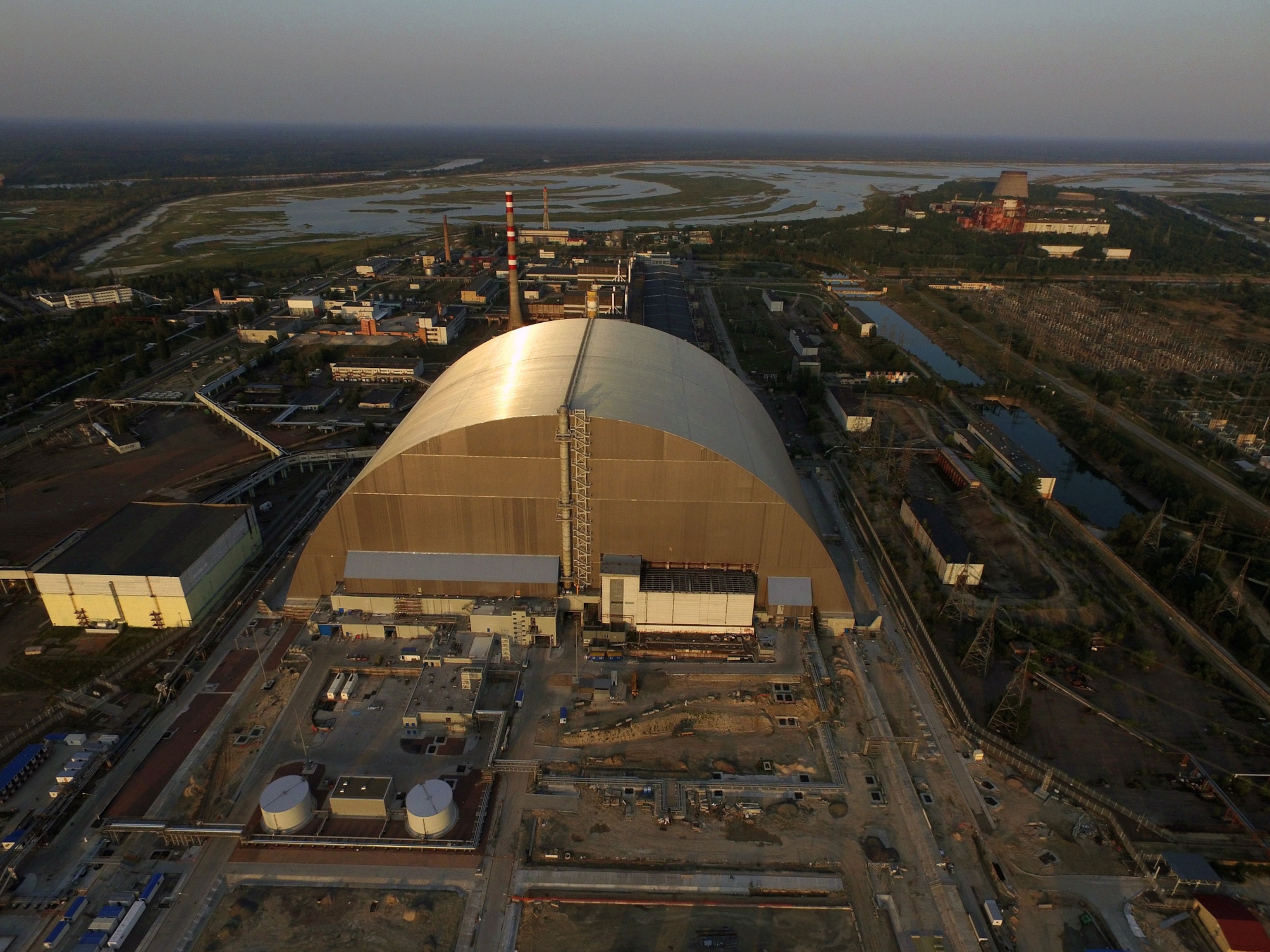
“While the paper … cannot totally exclude that such effects could occur, it is clear from this study that risks are substantially lower than currently believed,” says Robert Ullrich, the vice chairman of the Radiation Effects Research Foundation, a U.S.-Japanese cooperative based in Hiroshima and Nagasaki. Ullrich wasn’t involved with the studies. “If these results can be confirmed I think that substantive changes in current risk estimates would be warranted.”
The team’s other study, also published in Science, examines the relationship between Chernobyl fallout and hundreds of cases of thyroid cancer among people who were exposed. The study provides new, up-close details on how these cancers arose—but researchers also found that cancers caused by radiation don’t have any unique “biomarkers” that set them apart.
Both studies underscore just how much modern advances in DNA have improved the study of cancer—and the ongoing importance of studying how radiation can affect human health.
“The two studies represent critical milestones in the evaluation of radiation effects in humans in response to the Chernobyl accident,” Shaheen Dewji, a radiation health physicist at Texas A&M University who wasn’t involved with the study, wrote in an email.
For decades, researchers have studied the survivors of the 1945 atomic bombings of Hiroshima and Nagasaki to determine the links between radiation and long-term health risks. But those disasters represent large doses of radiation absorbed over a very short time period. By contrast, Chernobyl exposed populations to lower radiation doses over slightly longer timeframes—a regime that hasn’t been as well-studied, especially at large scales and with new DNA techniques.
To understand the risks these radiation levels posed, scientists have relied heavily on lab studies of mice. Some previous genetic studies of people affected by Chernobyl had claimed to find hints of heritable mutations, notably a 1996 study that found excess changes in children’s “minisatellites”: repeating, mutation-prone stretches of DNA that don’t encode proteins.
The minisatellites examined in the 1996 study don’t have clear ties to health outcomes. Later reviews of the scientific literature found that, if irradiated parents did pass on mutations to their children, the health risks were low. The new studies recruited more people than past Chernobyl studies, and thanks to modern technology, they could take a deeper look at participants’ DNA.
University of Leicester geneticist Yuri Dubrova, the 1996 study’s lead author, says in an email that while further research on human sperm and eggs is necessary, “the authors [of the new studies] have done an excellent job: very impressive size and a very high genome coverage.”
No excess mutations in the next generation
From 2014 to 2018, a team led by Meredith Yeager, a researcher at the U.S. National Cancer Institute, sequenced the genomes of 130 children who were conceived after the accident and born between 1987 and 2002, as well as the genomes of the children’s parents. The study focused on families where at least one parent had been within 45 miles of Chernobyl or had worked as “liquidators” to clean up the site.

Yeager’s team also used past data to meticulously reconstruct the radiation dose each parent had received. For instance, among the study’s fathers, their gonads had absorbed an average radiation dose of 365 milligrays, roughly a hundred times more than what they would receive in an average pelvic x-ray.
To test whether radiation had affected the children’s DNA, researchers tracked de novo mutations, or slight variations in a child’s DNA that aren’t present in either of their biological parents. These kinds of mutations occur naturally, since the cellular machinery that copies our DNA as our cells divide—including those that yield sperm and eggs—makes the occasional mistake. On average, we each carry between 50 and a hundred of these random mutations in our own genomes that distinguish our DNA from that of our parents.
In principle, if radiation had an effect, researchers would expect to see more mutations in children whose parents were subjected to higher radiation doses. But when Yeager and her colleagues combed through the families’ DNA, they didn’t see any such relationship. Instead, the biggest factor influencing the number of de novo mutations was the father’s age.
Detailed portrait of thyroid cancer
The studies also give an in-depth look at how radiation from Chernobyl fallout caused cancer in the thyroid, a butterfly-shaped gland that plays a critical role in human metabolism. Thyroid cancer is highly treatable, with a survival rate higher than 90 percent. In the first 20 years post-Chernobyl, very few people died from thyroid cancers associated with the fallout.
Past research had found that people exposed to Chernobyl fallout saw a greater risk of papillary thyroid cancers, especially among those who were young children at the time. That’s because fallout included iodine-131, a radioactive type of iodine, which entered the local food supply after settling onto fields and livestock pastures. When people ingested contaminated milk and greens, their bodies absorbed the iodine-131 and accumulated it in their thyroids. The radiation this iodine-131 gave off then damaged the thyroid cells’ DNA.
Now, thanks to advances in genetics techniques, researchers could use the Chernobyl dataset to start “figuring out how a carcinogen actually causes cancer,” says U.S. National Cancer Institute epidemiologist Lindsay Morton, the study’s lead author.

Morton and her colleagues studied tissue samples from 440 Ukrainians who had been diagnosed with thyroid cancer, 359 of whom had been exposed to Chernobyl’s radiation. The majority were female and had been living in Kiev, Ukraine’s capital, during the Chernobyl incident. They were also young: On average, they had been about seven years old at the time of exposure and were 28 when they were diagnosed with cancer.
Morton’s team also knew a lot about how much radiation these individuals’ thyroids had absorbed. For 53 people in the study, researchers back in 1986 had directly measured their thyroids’ radioactivity levels. Others were interviewed on where they lived and what they ate at the time of the Chernobyl accident, which let researchers estimate how much of a radiation dose they likely absorbed.
“This study represents the first time that we have linked such large-scale molecular pictures with very detailed exposure data,” Morton says.
As Morton and her colleagues dove into the data, they saw clear signs of radiation’s effects on DNA. The higher someone’s radiation dose, the more likely their thyroid cells bore a type of mutation called a DNA double-strand break. Researchers also found that the younger someone was when they were exposed to radiation, the more pronounced the alterations got. For instance, the higher someone’s radiation dose, the likelier it was for their tumors’ DNA to be missing small sections.
Morton’s team also saw an excess of “gene fusion” events: mutations in which DNA strands suffered full breaks and, as the cell attempted to fix the damage, the wrong pieces were joined back together. These kinds of mutations can happen in “spontaneous” cases of thyroid cancer, too, but they’re usually rarer.
“Radiation has sort of stacked the deck,” says Chanock, the National Cancer Institute division director. However, the fallout didn’t introduce any cards of its own. Though Morton and her colleagues searched high and low, they didn’t find any radiation-unique “signature” in how the cancer cells expressed their genes or chemically tagged them.
If cancers do bear such a signature, it must be present only in a cancer’s earliest stages, according to Morton and Chanock. Once the key cancer-driving mutations occur, those genes biochemically take over—washing out any calling cards of radiation like a wave destroying a tiny sandcastle. “It’s a tumor, and the tumor doesn’t care that it had radiation before,” Chanock says. “It has, so to speak, an evolutionary mind of its own.”
Ullrich adds that the study’s findings strongly support scientists’ previous ideas for how radiation increases cancer risk. “This is really the first study that has been able to comprehensively characterize radiation-related cancers in any detail,” he says.
Studies of the Chernobyl survivors must continue
The studies should inform scientists of the general health risks of ionizing radiation, especially among populations affected by nuclear accidents, such as evacuees from the 2011 Fukushima incident. Chanock expressed hope that the results would reassure people who had been displaced by Fukushima, which released a tenth of the radiation that Chernobyl did—and would theoretically pose even less of a risk of heritable mutations.
But the study’s authors, and outside experts, agree that there is more work to be done, especially to track the health effects of Chernobyl’s radiation over the decades to come.
“There are very few studies among persons exposed to radiation at young ages with follow-up data through adulthood,” says Eric Grant, the associate chief of research at the Radiation Effects Research Foundation in Japan. “The atomic bomb survivors is one such cohort, [and] the Chernobyl cohort will be another with continued follow-up efforts.”
Evgenia Ostroumova, an epidemiologist with the International Agency for Research on Cancer in Lyon, France, stressed that research on Chernobyl still needs to be funded, especially to learn more about the health consequences of low radiation doses—consequences that only more time and diligence will bring to light.
“To get a robust, comprehensive assessment of Chernobyl health effects and not lose valuable scientific information, the interested parties can’t act individually,” she wrote in an email. “We need to consolidate our efforts and act now without further delay.”

